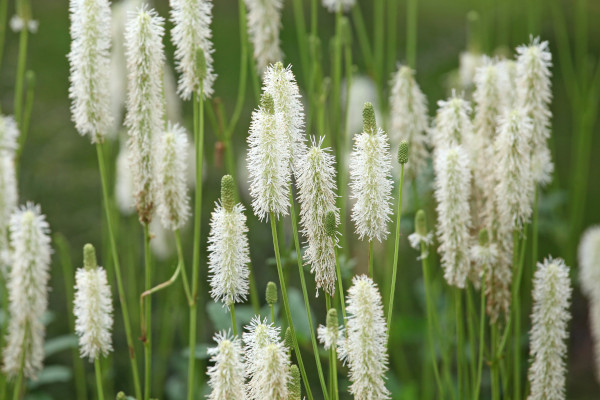How to grow Sanguisorba
This herbaceous perennial member of the rose family consists of around 18 species, found growing naturally in meadows throughout the northern hemisphere. Some species are grown ornamentally for their bottlebrush flowers held on wiry stems; their airy, informal habit particularly popular with gardeners seeking the naturalistic look. The flowers can be red, pink, or white, and the foliage delicately serrated. One species, the UK native Sanguisorba minor, is also grown for use as a culinary herb.
Sanguisorba is also known by the common name of burnet. Sanguisorba minor is known as salad burnet.
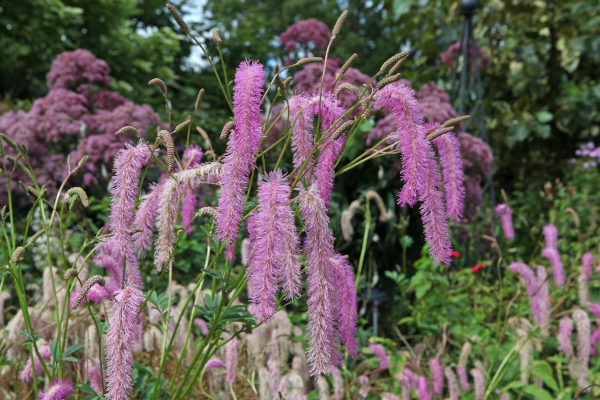
Zantedeschia is a genus of flowering plants from the family Araceae and is native to southern Africa. With a rich history dating back to the Ancient Romans, these deciduous or semi-evergreen perennials have been used as a symbol of celebration. Zantedeschia was Named after Professor Giovanni Zantedeschia, an Italian botanist.
There are two main forms of Zantedeschia: hardy and tender. Hardy forms of the plant can be grown outdoors, enjoy moist soil and full sun or partially shaded conditions - these are known as Arum lilies. Tender forms of Zantedeschia prefer being grown in containers or pots and should be brought inside over the winter - these are known as Calla lilies.
With tuberous flora in all colours from whites, yellows and oranges to deep reds and purples, Zantedeschias are not to be overlooked in any garden, as long as they have sufficient sunlight to grow in.
Ready to learn more about growing Zantedeschia? Read on for all there is to know...

Key Information
Soil pH
Position
Hardiness

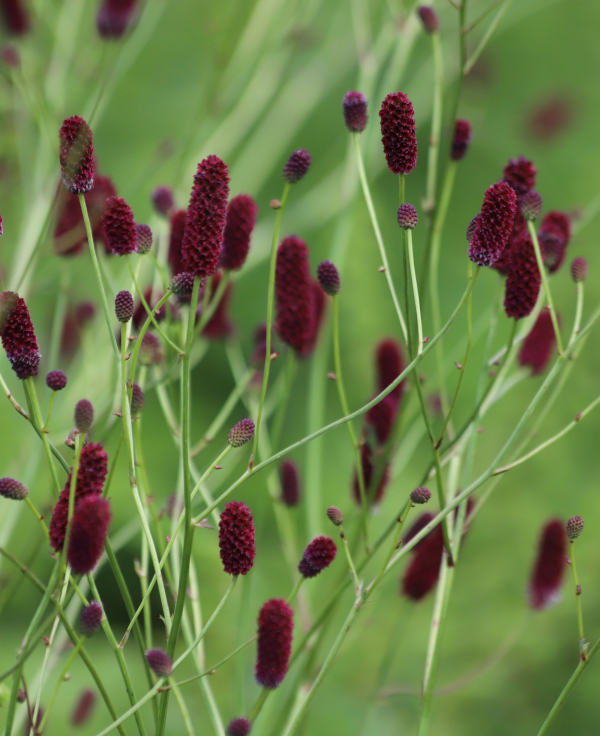
Where & when to plant Sanguisorba
Position - Full sun or partial shade
Soil - Moderately fertile, moist, well-drained, and doesn’t dry out in summer
Flowering Period - Late summer to autumn
Hardiness - Hardy
For best results, plant in autumn or spring. An autumn planting can be done by those gardening in mild conditions (and broadly speaking, this is the southern half of the UK). For those liable to cold winters, it is best to wait until spring (generally the northern half of the UK). Planting can also be carried out in summer, though be prepared to water regularly.
Sanguisorba is useful for providing delicate height in an herbaceous border, naturalising in a meadow, or providing unusually textured flowers and foliage in a cutting garden. It is also a favourite for helping to achieve a naturalistic, prairie style. Sanguisorba can be grown in a container though may require staking and will need regular watering.
How to plant Sanguisorba
In the ground
- Clear the chosen area of weeds.
- Dig a planting hole several times larger than the root ball. If your soil is on the heavy side, add a handful or two of horticultural grit. Now is the time to improve soil with a generous addition of well-rotted organic matter.
- Place the plant in the hole, ensuring the top of the root ball sits level with the surface of the soil. Too low and the plant may rot, too high and the roots can dry out.
- Backfill with soil and firm in gently.
- Soak well with water.
- Mulch with well-rotted organic matter.
In a container
- Choose an appropriate container (as deep as you can to accommodate the tap root), ensuring there are plenty of drainage holes.
- Use a good quality potting compost with a good amount of horticultural grit mixed in, and, if not already present in the compost (check the description on the bag) some slow-release fertiliser granules.
- Start by partially filling the pot with compost; enough so that when placed on it the upper surface of the root ball is about 3cm lower than the top of the pot.
- Infill all the space surrounding the root ball with compost, firming down with your fingers then adding a little more so the plant is held tight.
- Pick up the pot and lightly tap on the potting bench or ground a few times to help further settle the compost around the plant.
- Soak well with water.
- A mulch with horticultural grit will look attractive and help to prevent a ‘cap’ or crust forming on the top of the compost (something container plants can suffer due to the artificial nature of their watering).
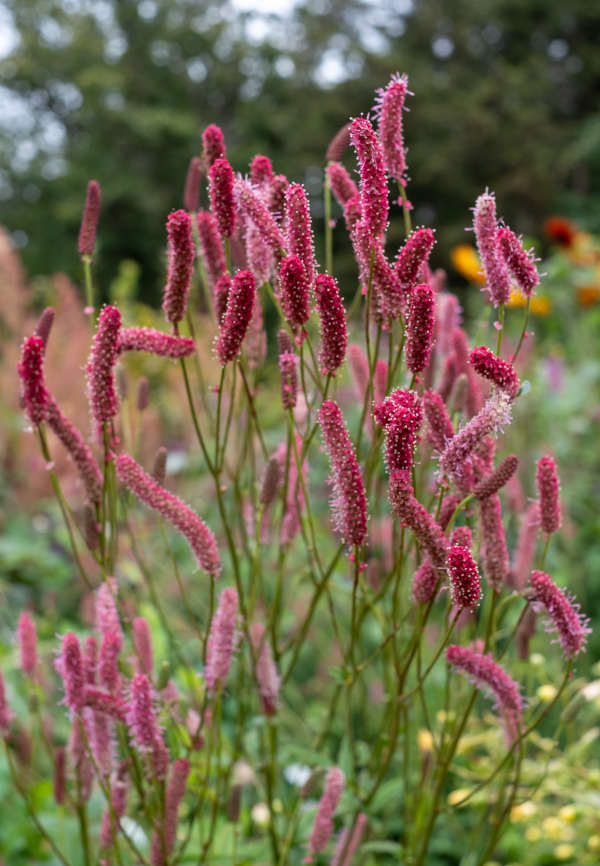
What to plant with Sanguisorba
We love sanguisorba in a naturalistic planting scheme with other tall perennials such as echinops, verbena, cirsium, eupatorium, rudbeckia, echinacea, and monarda. Some late ornamental grasses such as stipa, pennisetum, and miscanthus complete the picture perfectly.
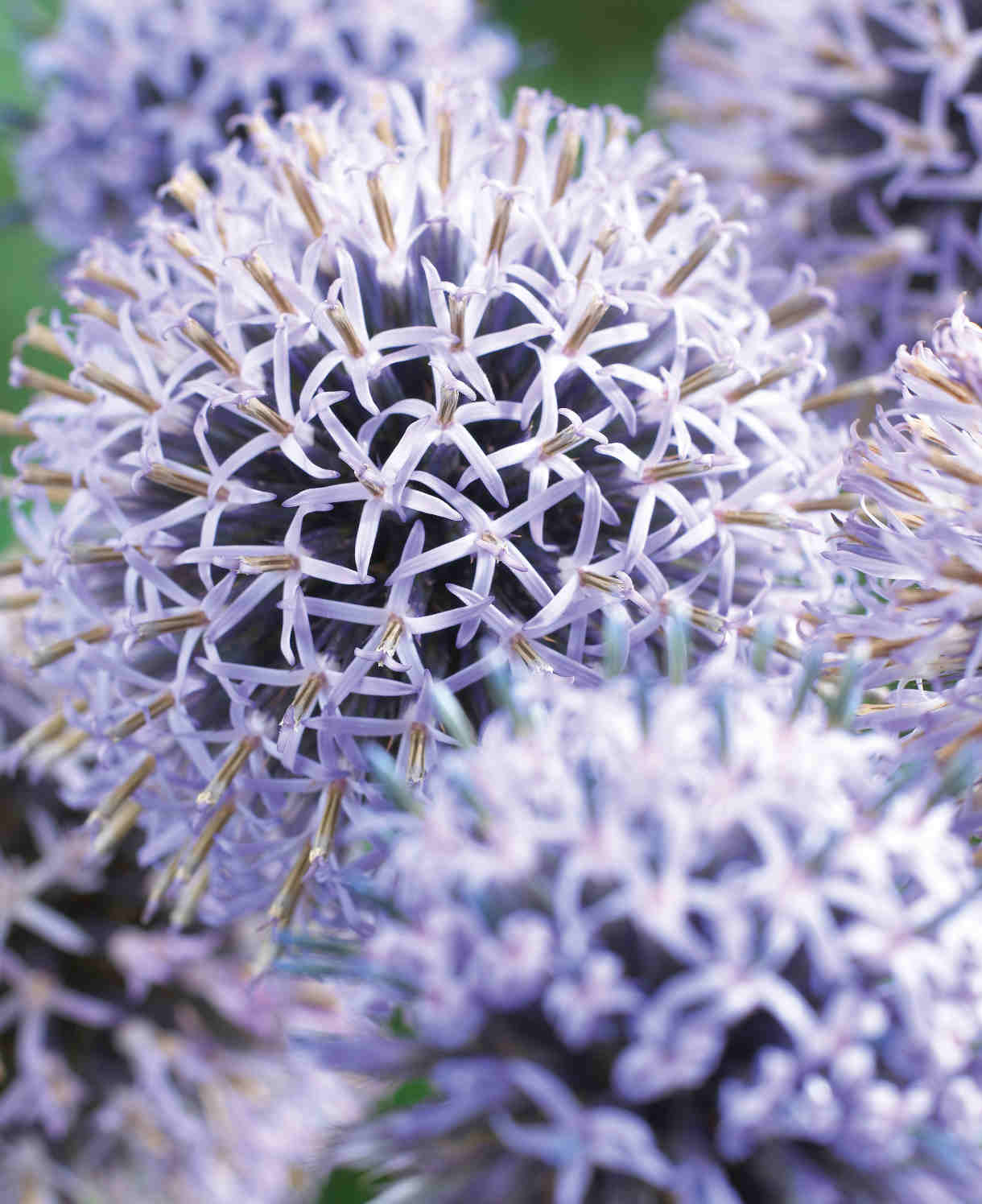
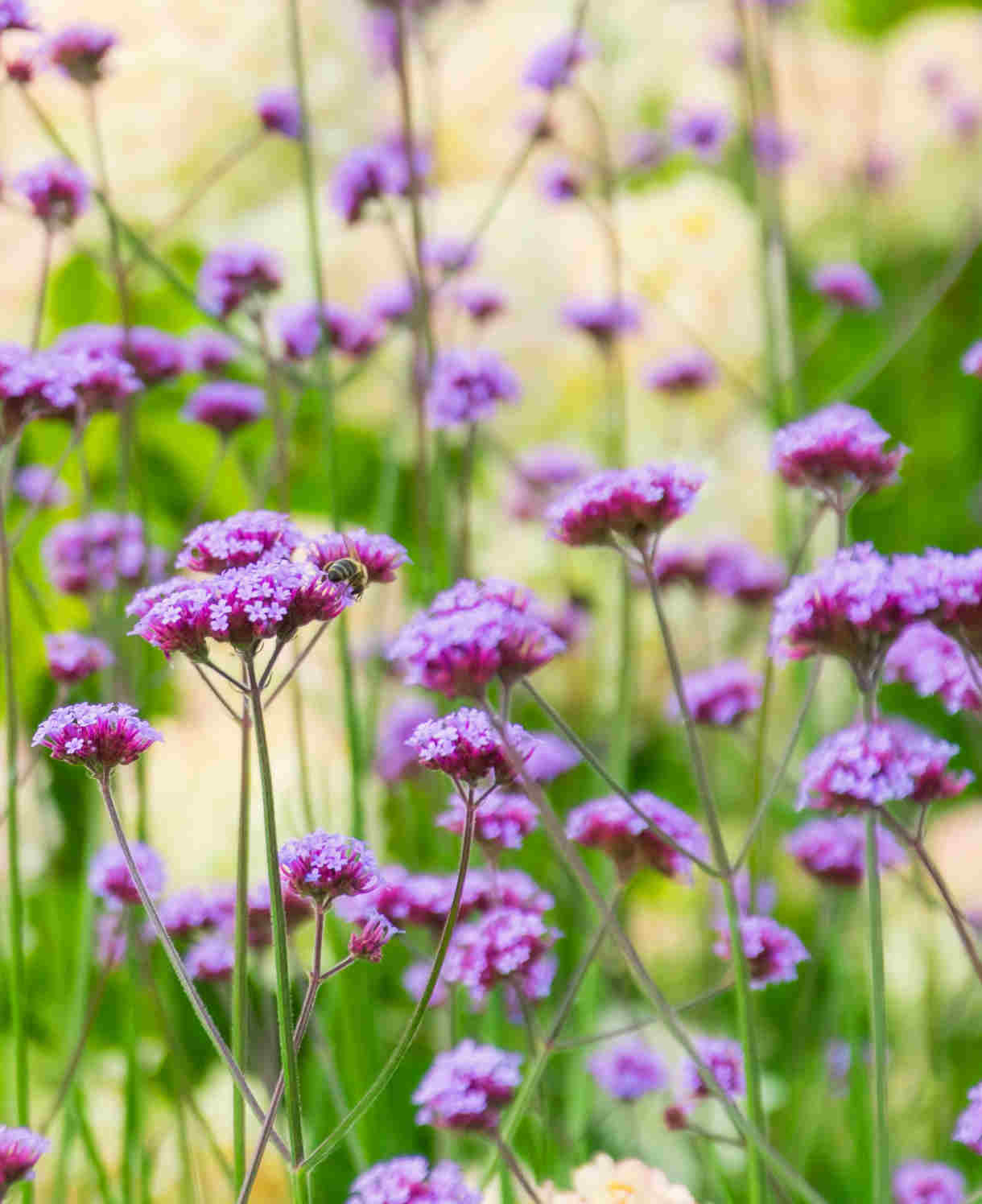
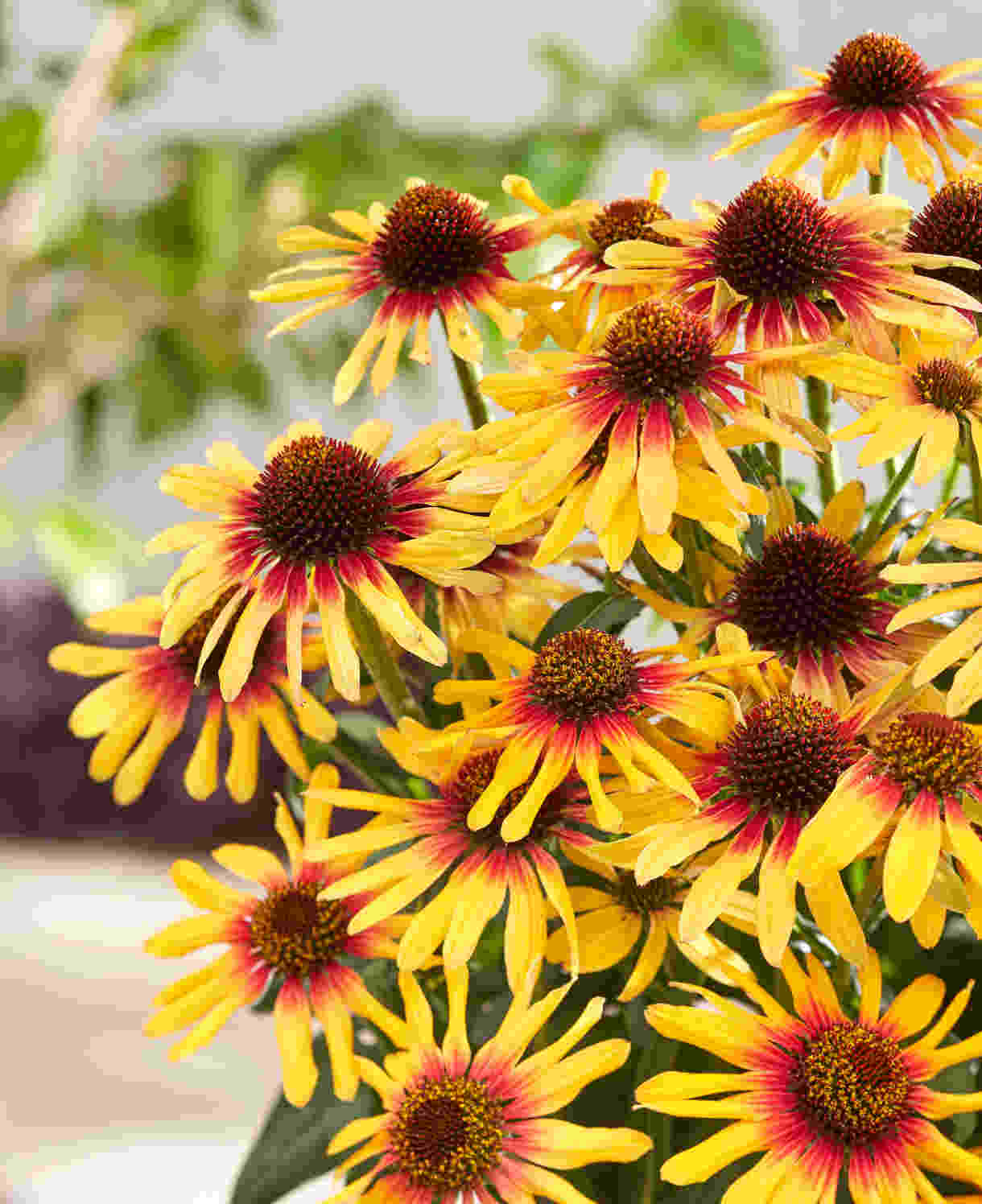
How to care for Sanguisorba
Pruning and Deadheading
Cut back to ground level each year between autumn and early spring. Sanguisorba will often self-seed freely, so if you don’t want it to become naturalised in an area simply deadhead flowers before they have a chance to produce seeds.
If growing Sanguisorba minor as a culinary herb, trim back regularly to prevent flowering and encourage a regular supply of young, tender leaves.
Watering
Water regularly until established (and this generally means throughout the first growing season in the ground), and in very dry periods thereafter.
Container-grown sanguisorba should be watered frequently throughout the growing season.
Cold Protection
Sanguisorba is hardy and able to withstand the average UK winter without the need for additional protection.
Pests and Diseases
Sanguisorba tends to be relatively pest and disease free, though you may find slugs and snails develop a taste for its leaves, particularly when they are newly emerging.
Encouraging natural predators into your garden, such as birds, frogs, toads, and hedgehogs, will make a big difference. Torchlight searches after dark (when slugs and snails are at their most active) are also effective, allowing you to collect the offending molluscs in a bucket. Place on the compost heap, or in a part of the garden containing less vulnerable plants.
Like most plants, once sanguisorba is well established it tends to be better able to tolerate the actions of slugs and snails without the need for intervention.
How to propagate Sanguisorba
Sanguisorba is most easily propagated through division, which is best carried out in spring.
- Choose a day when the soil is not frozen or waterlogged.
- Dig the plant out of the ground.
- Shake off any excess soil.
- Separate the plant into sections using either swift, cutting blows with a sharp spade, or two forks inserted back-to-back with tines touching, handles then pushed together to prise the plant apart.
- Discard old, damaged, or surplus pieces, keeping healthy, vigorous material.
- Replant decent-sized pieces where desired, and any smaller bits can be potted up.
- Water well until fully established.
Common Sanguisorba questions
Is sanguisorba invasive?
Some wild species of sanguisorba can spread to the point of being considered invasive, however most popular cultivars, such as ‘Tanna’, tend to be clump-forming, meaning they are more well-behaved and easily controlled.
Should you deadhead sanguisorba?
Only if you wish to prevent self-seeding. To encourage naturalising leave spent flowers on the plant.
Is sanguisorba a perennial?
Yes, all sanguisorbas are perennial, meaning they die back each winter and return in spring.
Is sanguisorba edible?
The leave of Sanguisorba minor can be eaten fresh, hence its common name of salad burnet. See ‘Pruning and deadheading’ section above for advice on how to cultivate it for this purpose.
